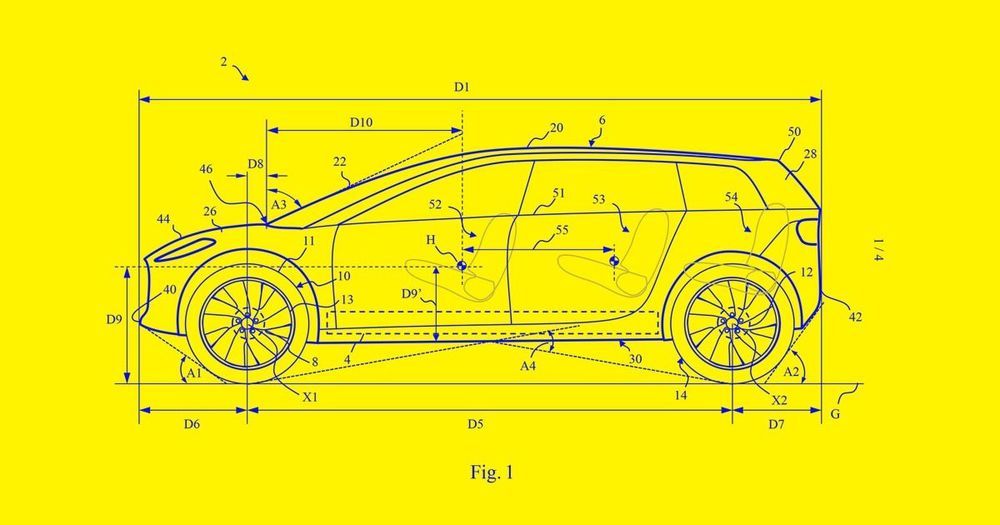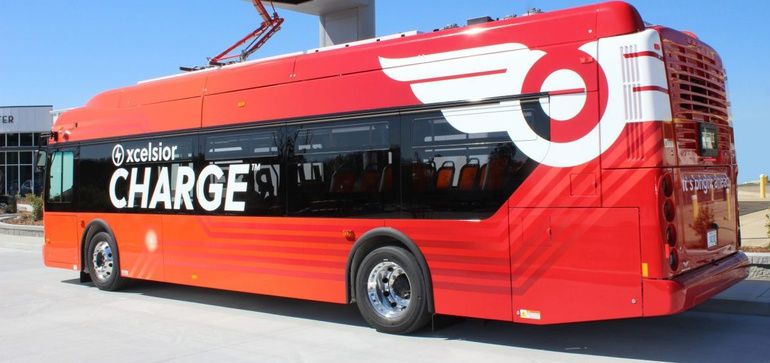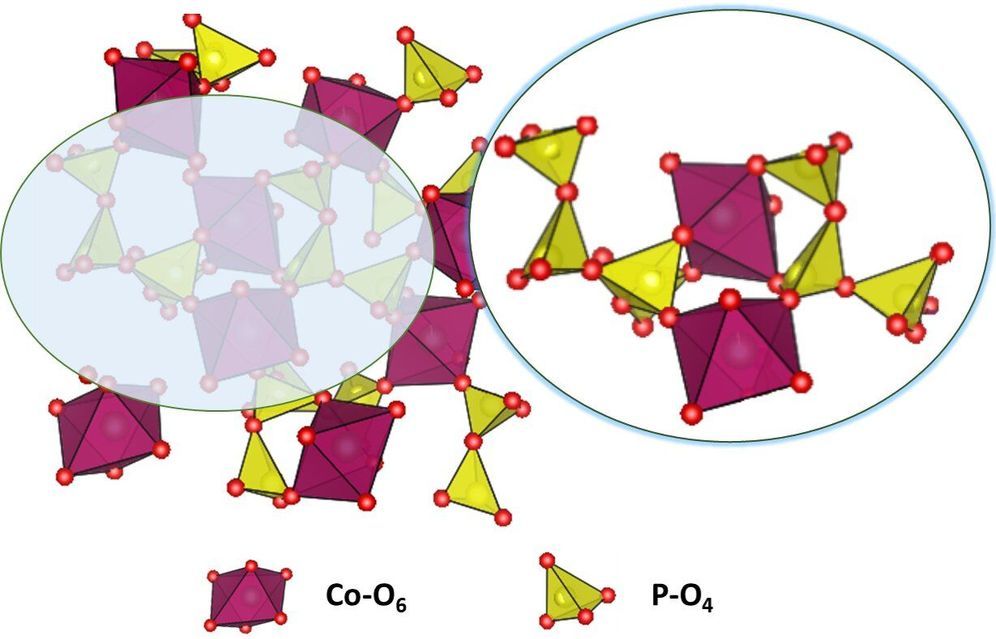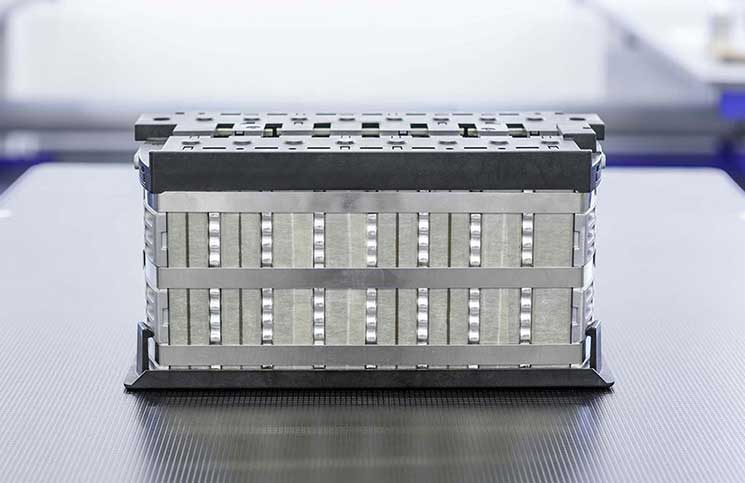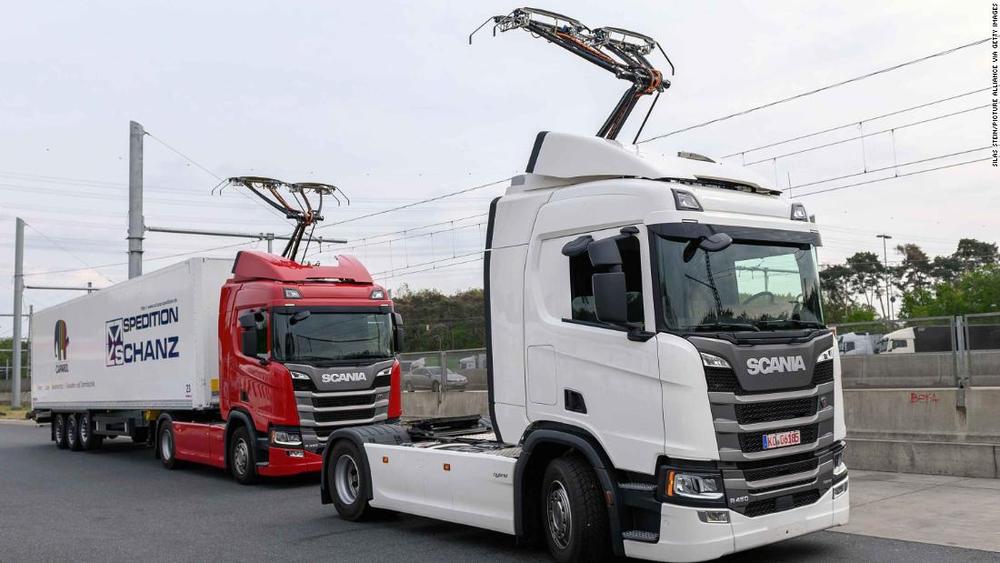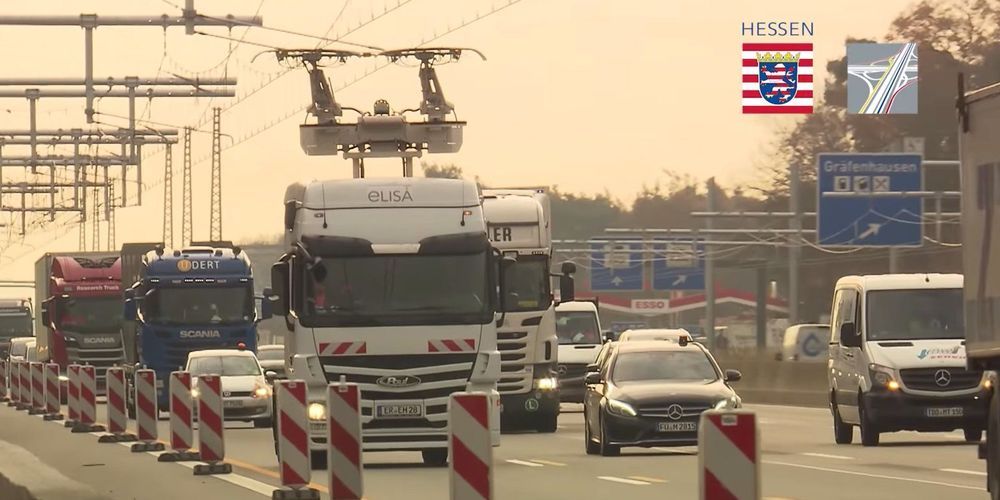Be one of the first 500 people to sign up with this link and get 20% off your subscription with Brilliant.org! https://brilliant.org/realengineering/
New vlog channel: https://www.youtube.com/channel/UCMet4qY3027v8KjpaDtDx-g
Patreon:
https://www.patreon.com/user?u=2825050&ty=h
Facebook:
http://facebook.com/realengineering1
Instagram:
https://www.instagram.com/brianjamesmcmanus
Twitter:
Tweets by TheBrianMcManus
Discord:
https://discord.gg/s8BhkmN
Get your Real Engineering shirts at: https://standard.tv/collections/real-engineering
Credits:
Writer/Narrator: Brian McManus
Editor: Stephanie Sammann (https://www.stephanie-sammann.com/)
Animator: Mike Ridolfi (https://www.moboxgraphics.com/)
Sound: Graham Haerther (https://haerther.net/)
Thumbnail: Simon Buckmaster https://twitter.com/forgottentowel
References:
